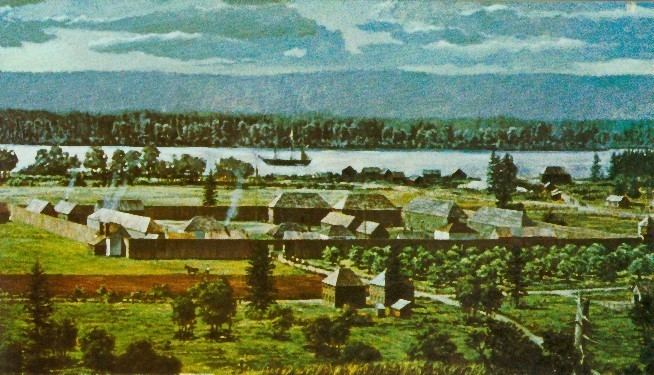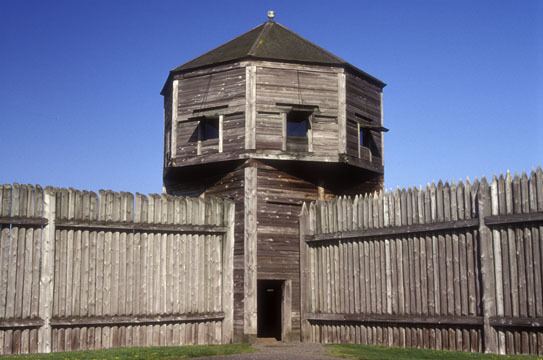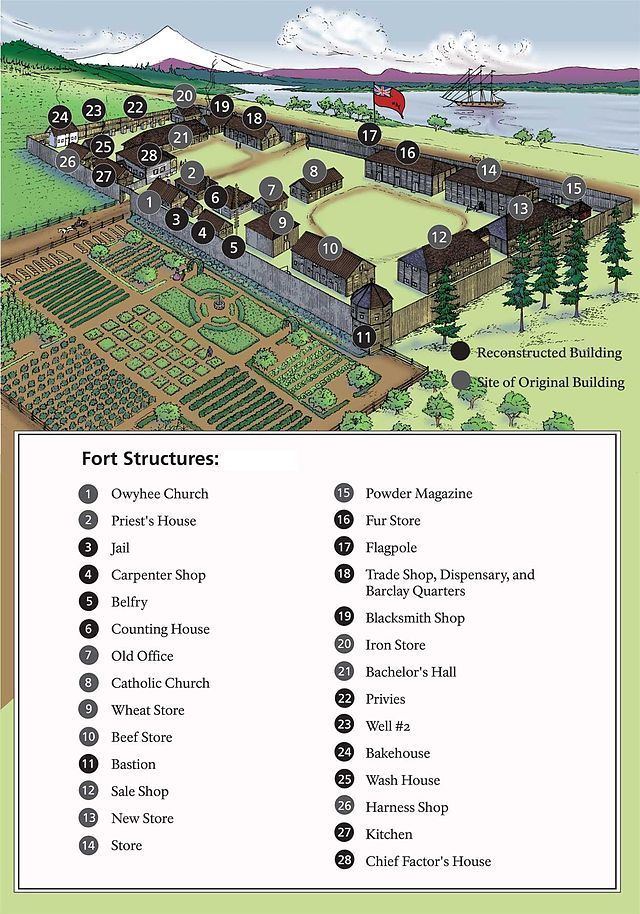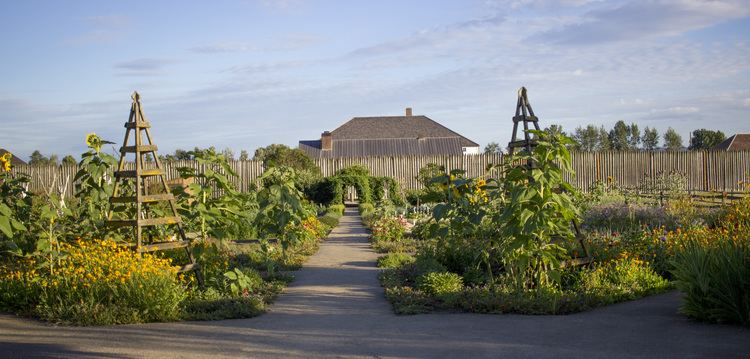Visitors 710,439 (in 2011) Area 67 ha | ||
 | ||
Established June 19, 1948 (national monument)June 30, 1961 (national historic site) Similar Fort Vancouver, Pearson Air Museum, Nez Perce National Historical, San Juan Island National, Lewis and Clark State Recreatio | ||
Fort vancouver national historic site new grill stove
Fort Vancouver National Historic Site is a United States National Historic Site located in the states of Washington and Oregon. The National Historic Site consists of two units, one located on the site of Fort Vancouver in modern-day Vancouver, Washington; the other being the former residence of John McLoughlin in Oregon City, Oregon. The two sites were separately given national historic designation in the 1940s. The Fort Vancouver unit was designated a National Historic Site in 1961, and was combined with the McLoughlin House into a unit in 2003.
Contents
- Fort vancouver national historic site new grill stove
- Fort vancouver national historic site visitor center in vancouver wa
- Fort Vancouver site
- McLoughlin House site
- References

Fort vancouver national historic site visitor center in vancouver wa
Fort Vancouver site

The main unit of the site, containing Fort Vancouver, is located in Vancouver, Washington, just north of Portland, Oregon. Fort Vancouver was an important Hudson's Bay Company fur trading post that was established in 1824. Operations until 1845 were overseen by Chief Factor John McLoughlin. It was the center of HBC activity on the Pacific coast and its influence stretched from the Rocky mountains in the east, to Alaska in the north, Alta California in the south, and to the Kingdom of Hawaii in the Pacific. Ratified in 1846, the Treaty of Oregon was signed by the United Kingdom of Great Britain and Ireland and the United States, thereby ending the decades long Oregon boundary dispute. The treaty permitted the HBC to continue to operate at Fort Vancouver, which was now within the Oregon Territory. On June 14, 1860, Fort Vancouver was abandoned by the HBC in favor of their stations in British Columbia, such as Fort Victoria.

In 1849, the United States Army constructed the Vancouver Barracks adjacent to the British trading post; and took over the facility when it was abandoned. A fire destroyed the fort itself in 1866, but the Army facility continued in operation in various forms until to the present. Fort Vancouver was separated from the Army's barracks and became a national monument in 1948. Congress expanded the protected area in 1966 and re-designated the site as a National Historic Site. For some years after its addition to the National Park System, the National Park Service was reluctant to begin reconstruction of the fort walls or buildings, preferring to manage it as an archaeological site as provided by its standing policies. However, in 1965, with the urging of the local community, Congress directed reconstruction to begin. All fort structures seen today are modern replicas, albeit carefully placed on the original locations. In response to concerns about the designation of reconstructed structures, the Park Service designated the Vancouver National Historic Reserve Historic District to encompass reconstructed buildings as well as historic Army and Mission 66 era Park Service structures.

The park also operates the Pearson Air Museum on the fort grounds. It is also the site of a large fireworks display, said to be the largest 4 July display west of the Mississippi River, lasting for 31 minutes and featuring 5,440 shells in 2008. An earth-covered pedestrian land bridge was built over the Lewis and Clark Highway, as part of the Confluence Project, in 2007. It connects the site with the Columbia River.
McLoughlin House site

The McLoughlin House unit consists of the homes of McLoughlin, and of Dr. Forbes Barclay, an explorer and associate of McLoughlin's; the two homes are known respectively as the McLoughlin House and the Barclay House. They are located adjacent to each other on a bluff overlooking the Willamette River in Oregon City, Oregon, on a plot of land set aside for public use by McLoughlin in the 1840s.
In 1846, McLoughlin left the employ of Hudson's Bay Company, and purchased from the company a land claim located on the Willamette River in Oregon City. McLoughlin constructed the house there, and lived there until his death in 1857. The house, a two-style colonial mansion, is typical of East Coast residences from the time.
After McLoughlin's death in 1857, his widow lived there until she died three years later; their heirs sold the house in 1867. The home soon became a bordello known as the Phoenix Hotel. In 1908, the paper mill that owned the property wished to expand and the house was threatened with demolition, but preservationists saved it the next year, raising over $1,000 and overcoming a referendum. by The house was moved from the riverfront to its current location on a bluff overlooking downtown Oregon City in 1910. It sat there for twenty-five years, until restored in 1935-1936 under the auspices of the Civil Works Administration, and opened as a museum.
The Barclay House was built in 1849 by Portland carpenter and pioneer John L. Morrison, and occupied by Dr. Barclay and his family. Barclay died in 1874; the house remained in the family's possession until 1930 when it was moved from the waterfront to its present location, next to the McLoughlin House. Today, the Barclay House contains museum offices and a gift shop.
The McLoughlin House became a National Historic Site in 1941, and both homes were added to the National Park System in 2003, becoming part of the Fort Vancouver National Historic Site. The McLoughlin House unit lies on the Oregon National Historic Trail, a part of the National Trails System. The graves of McLoughlin and his wife are on the premises. The house contains both original and period furnishings.
